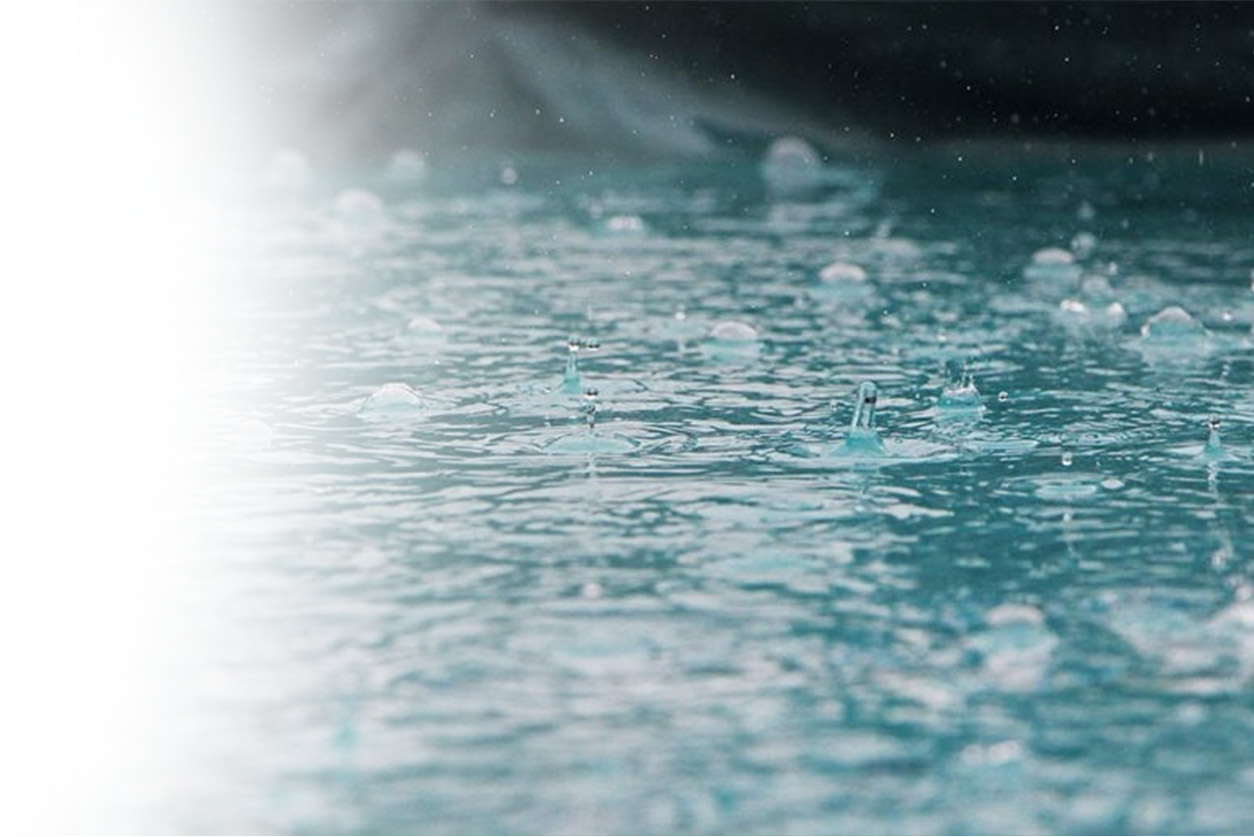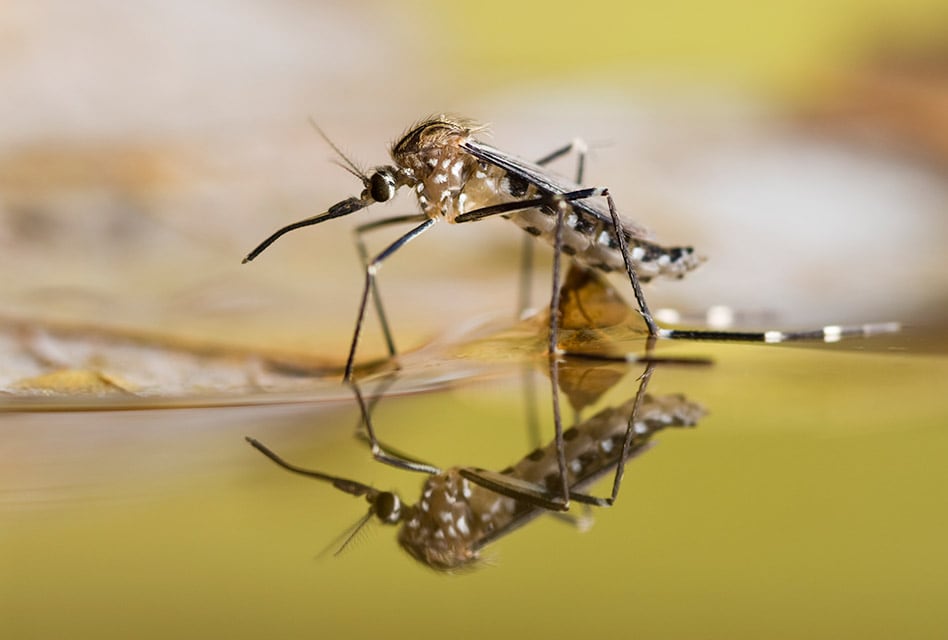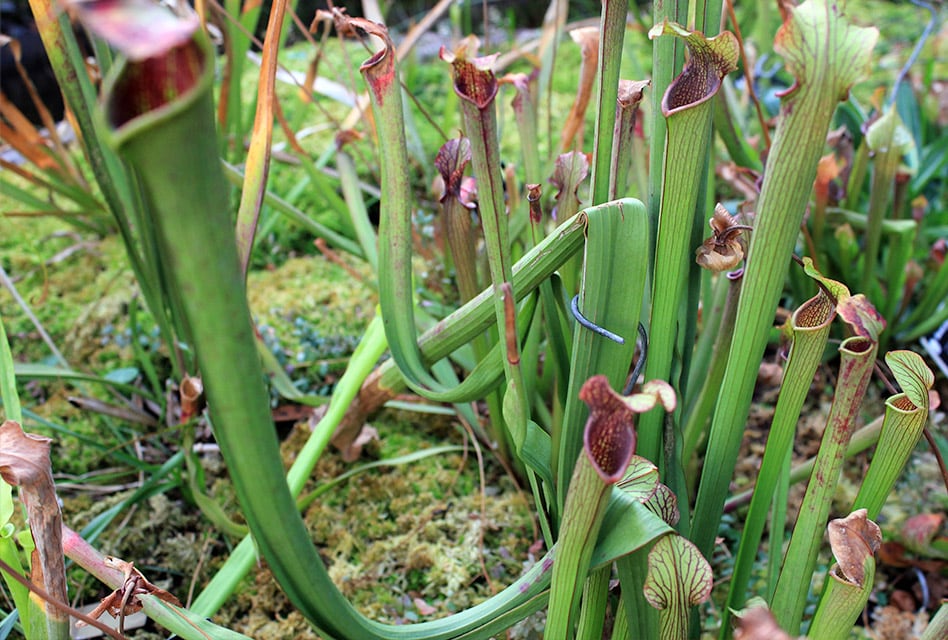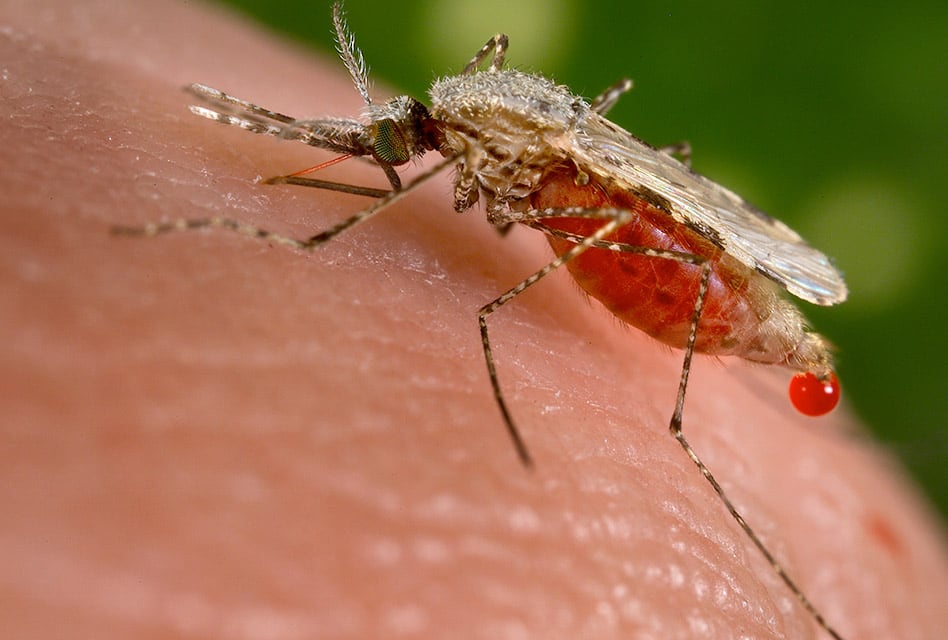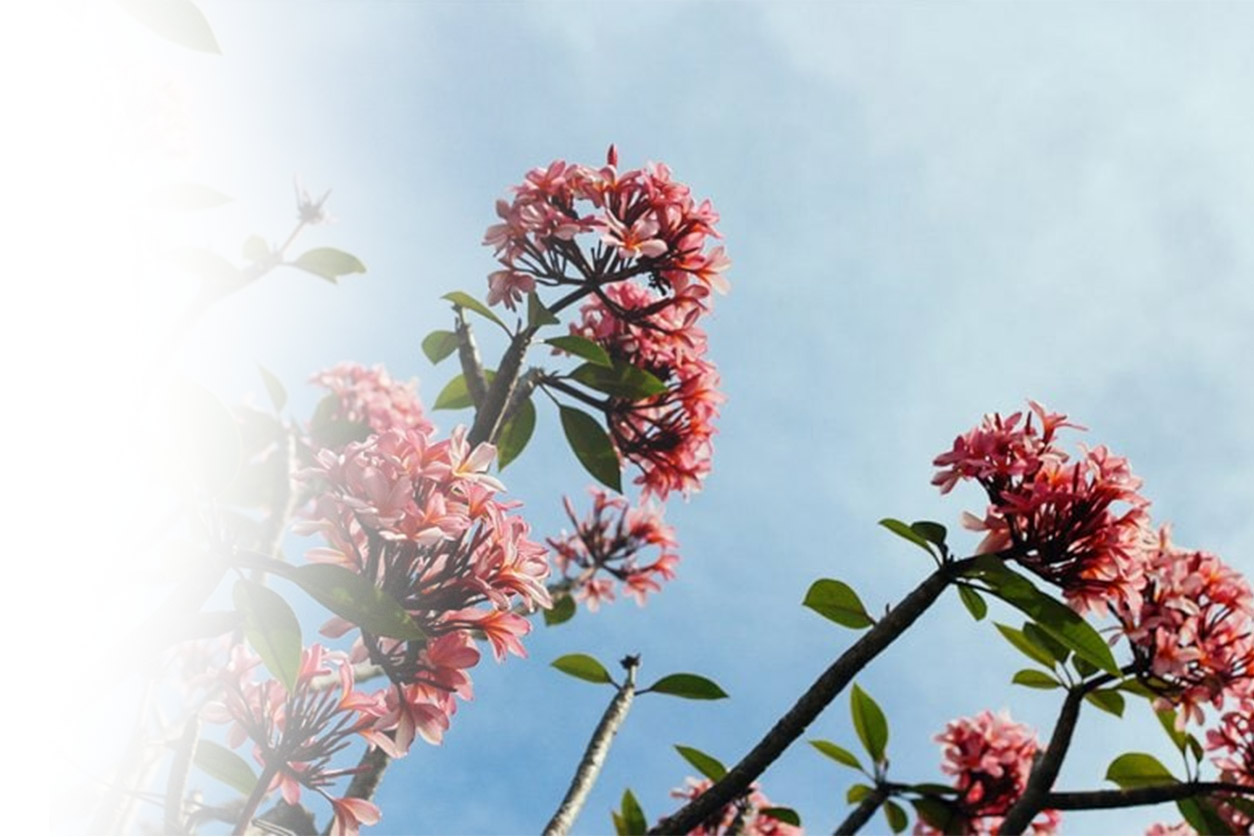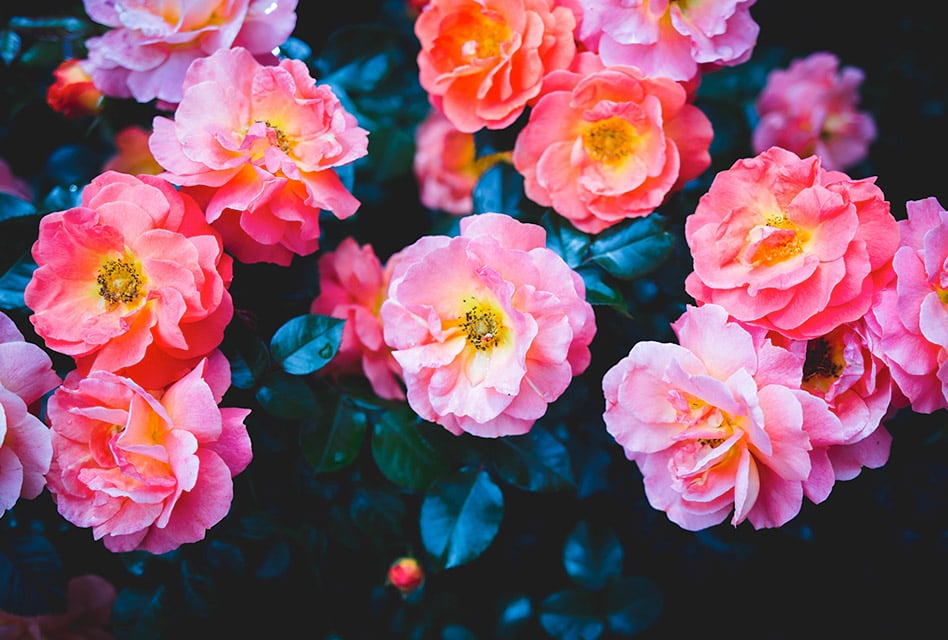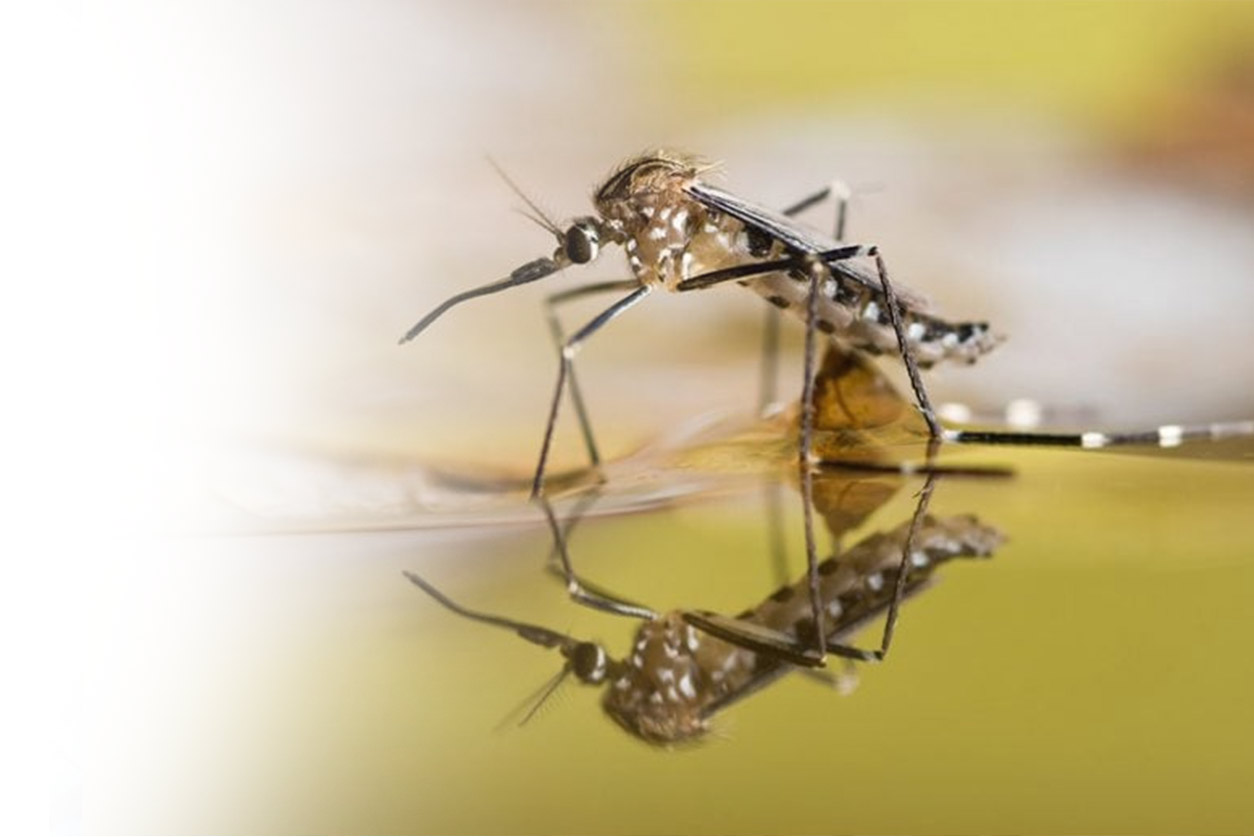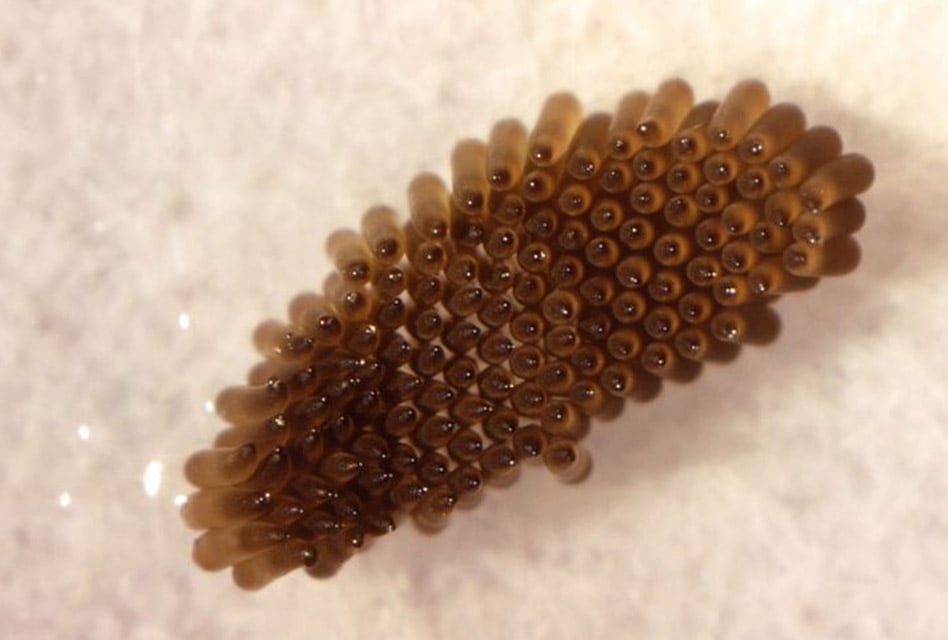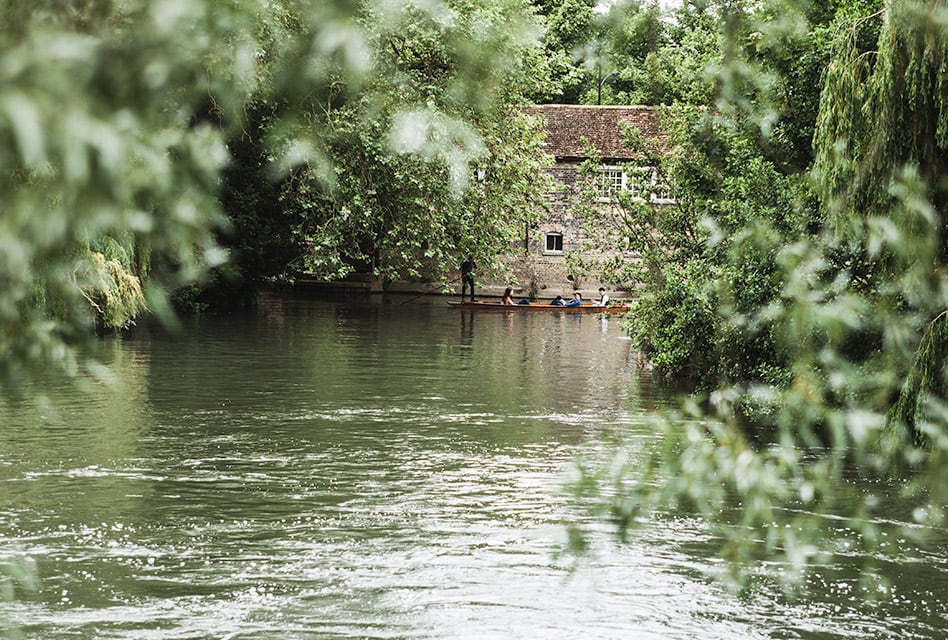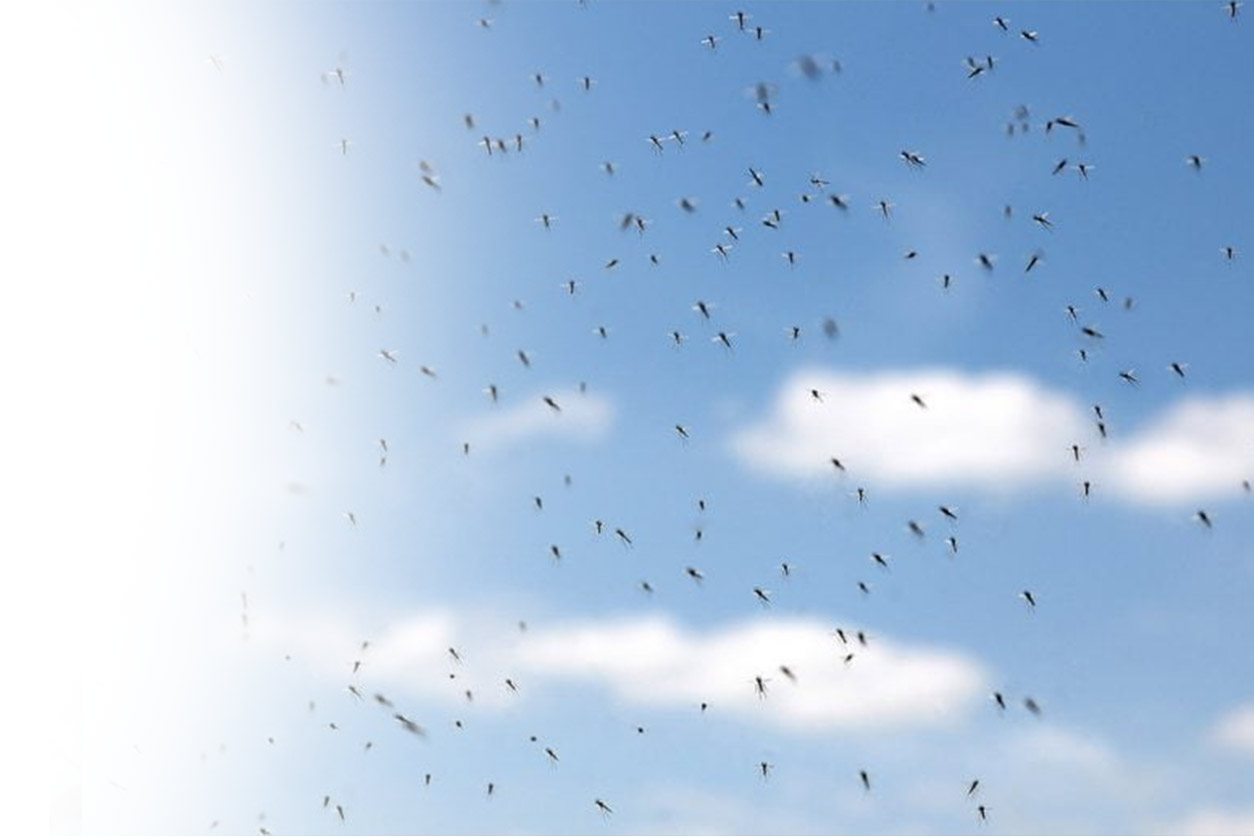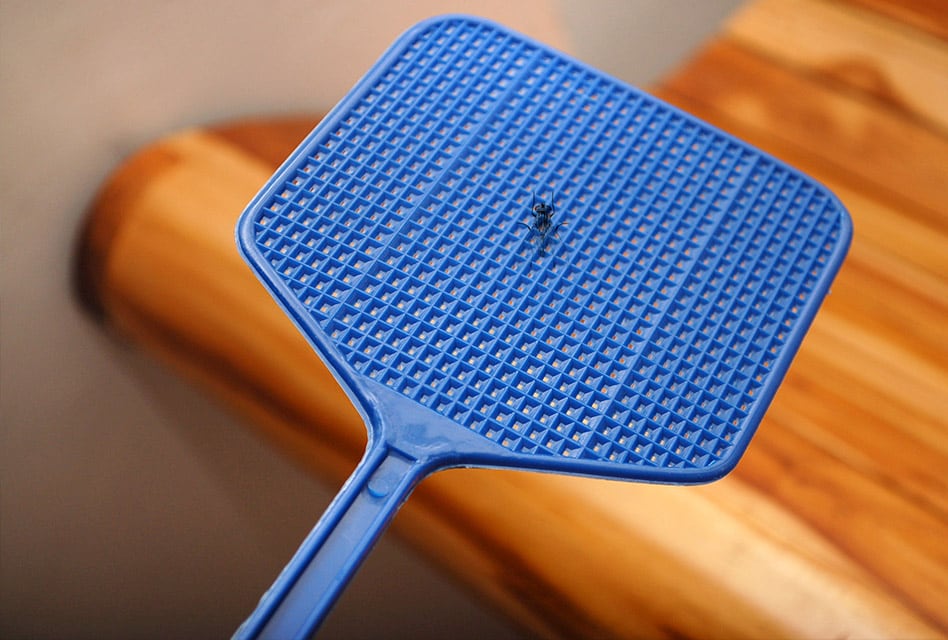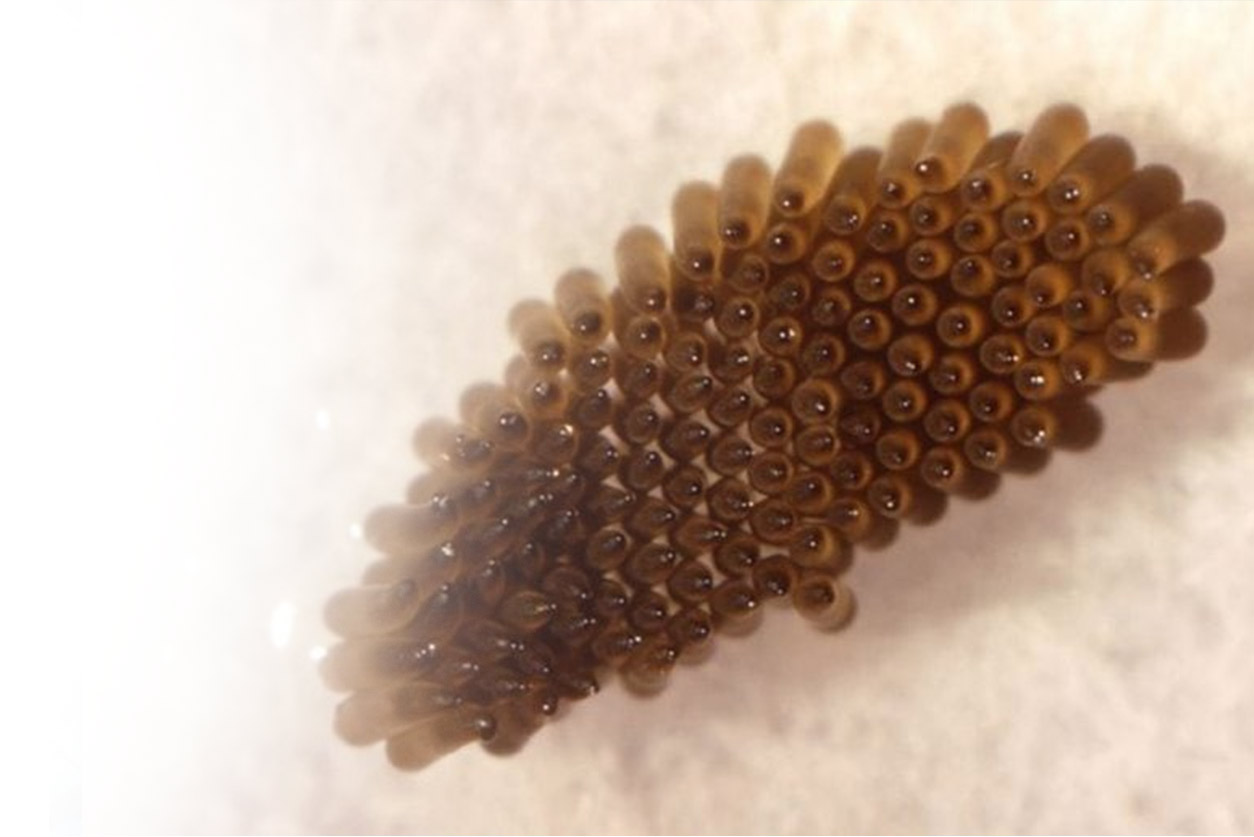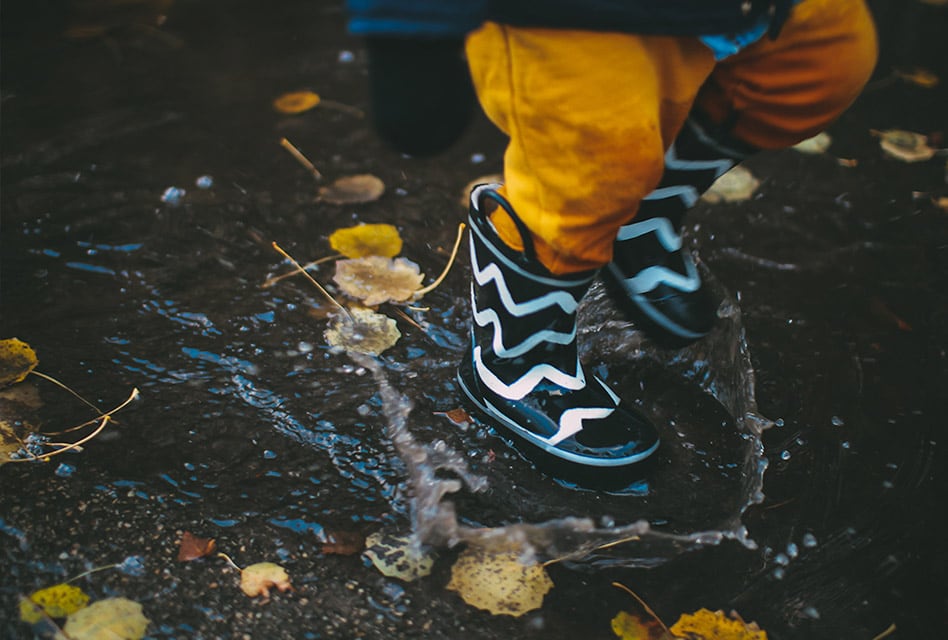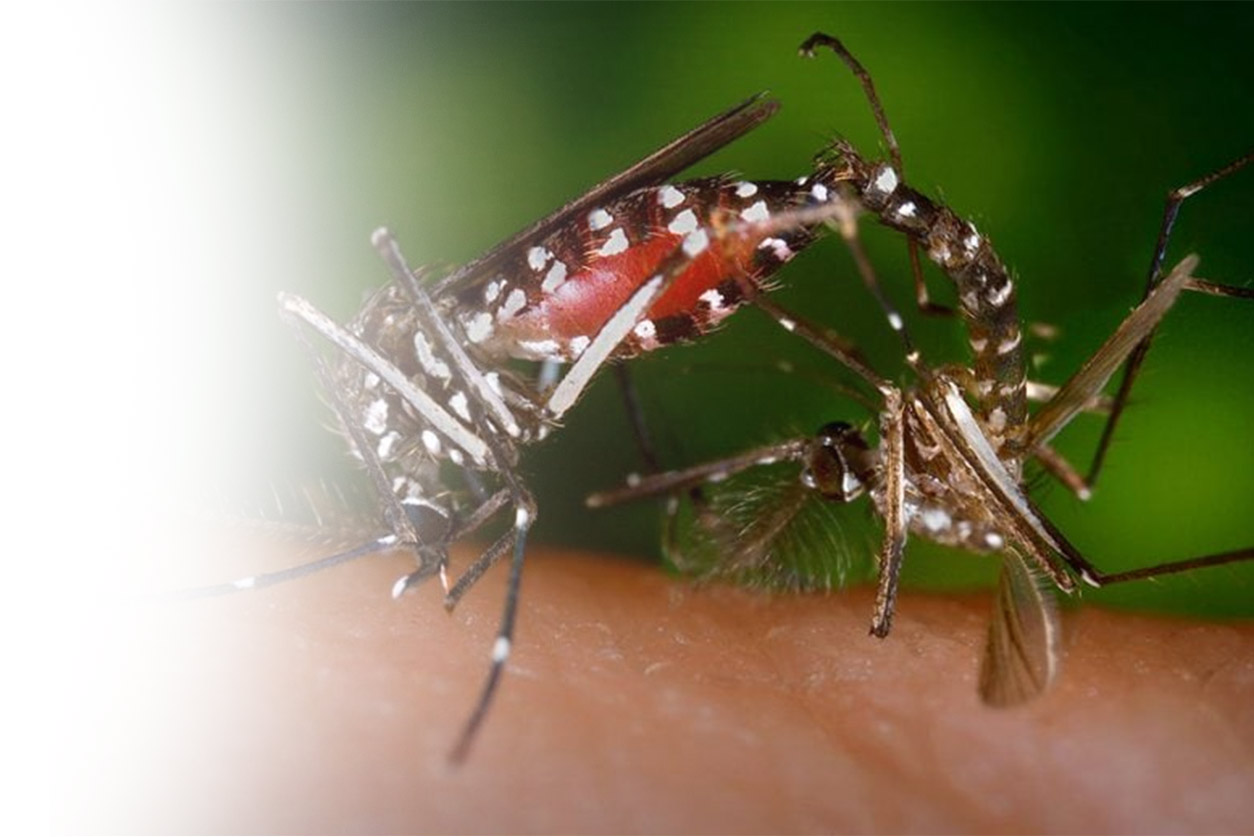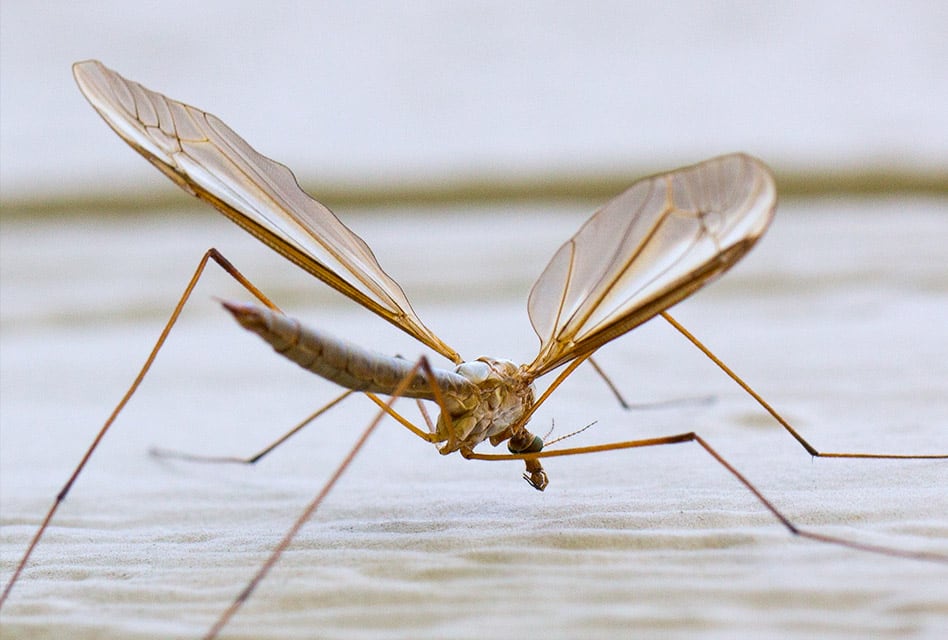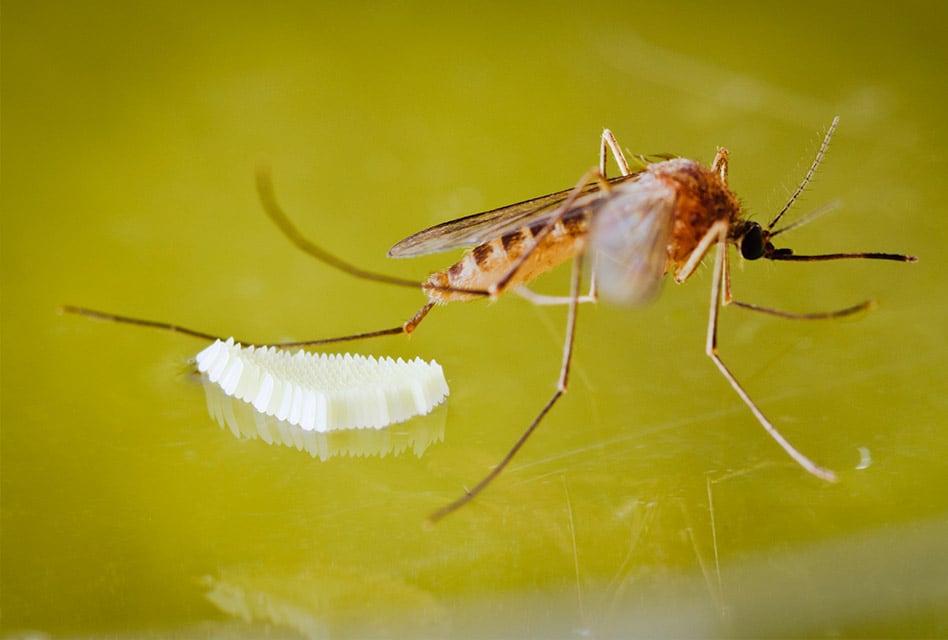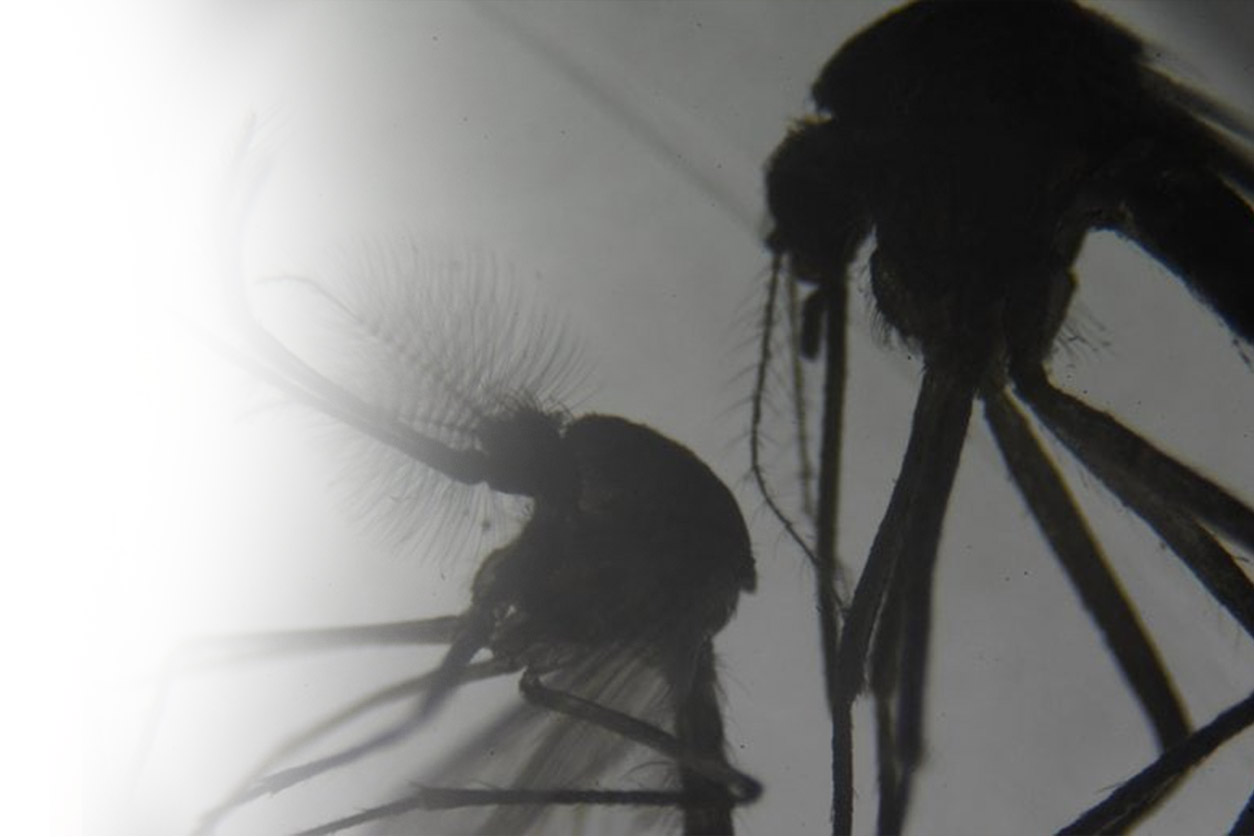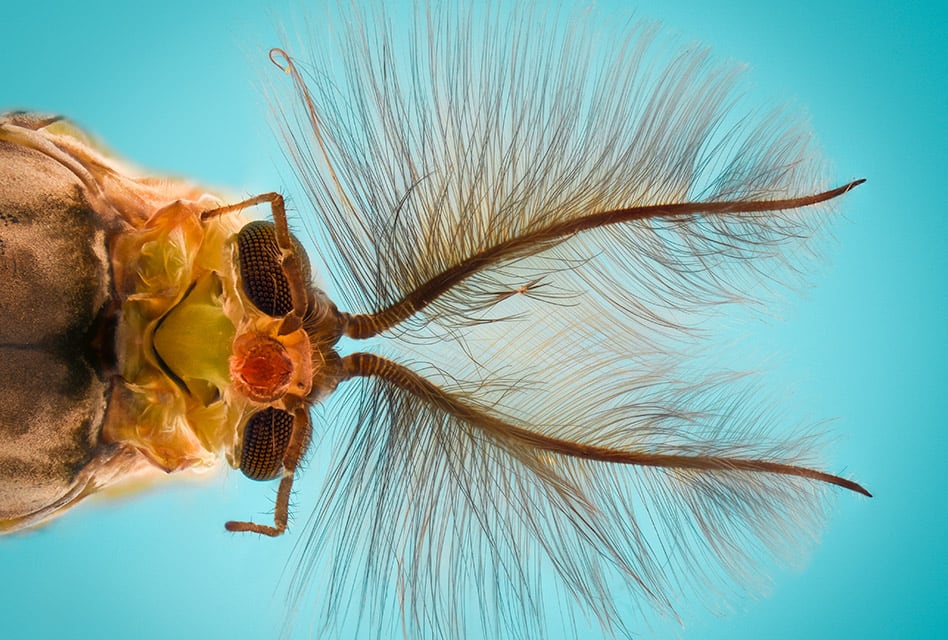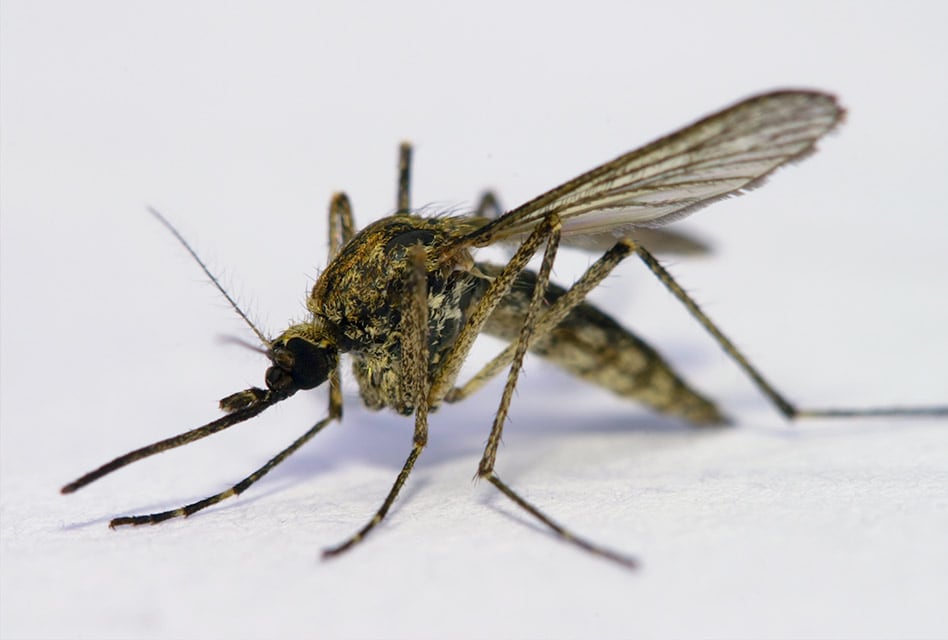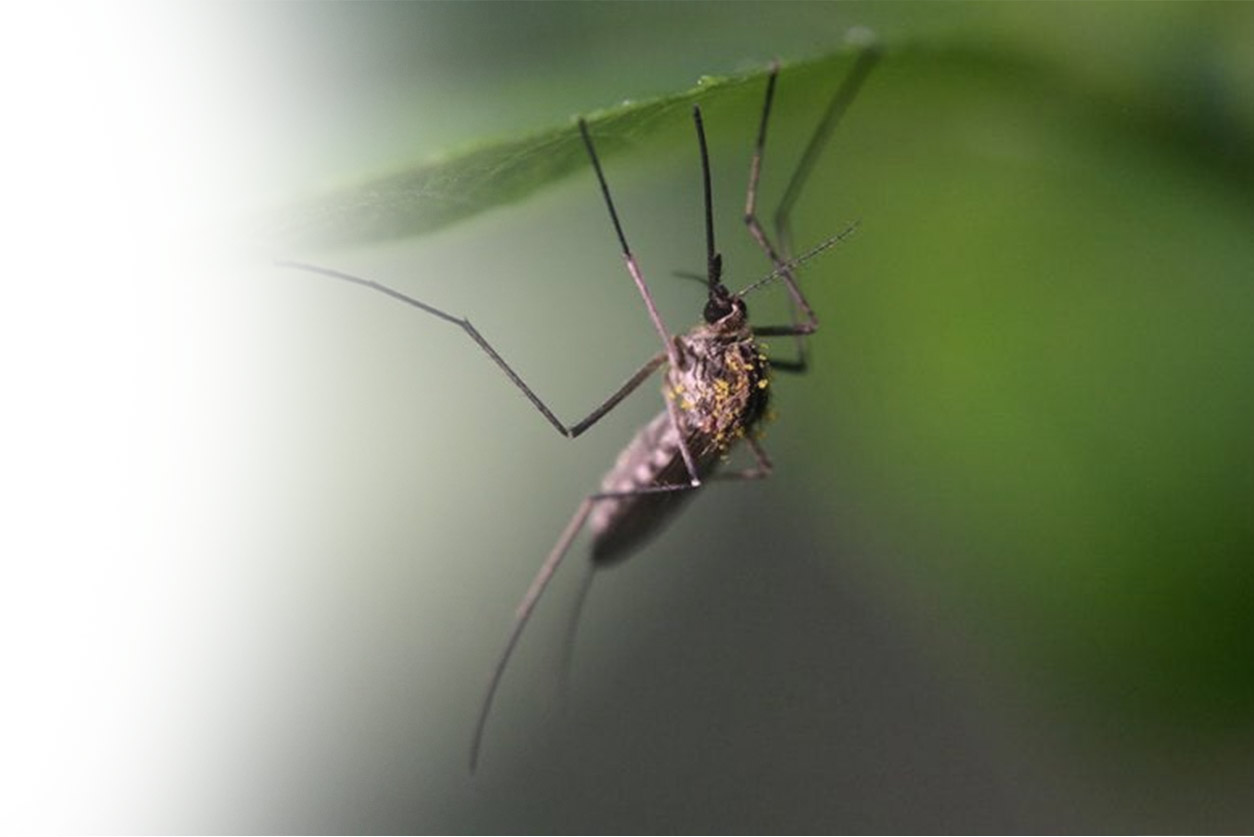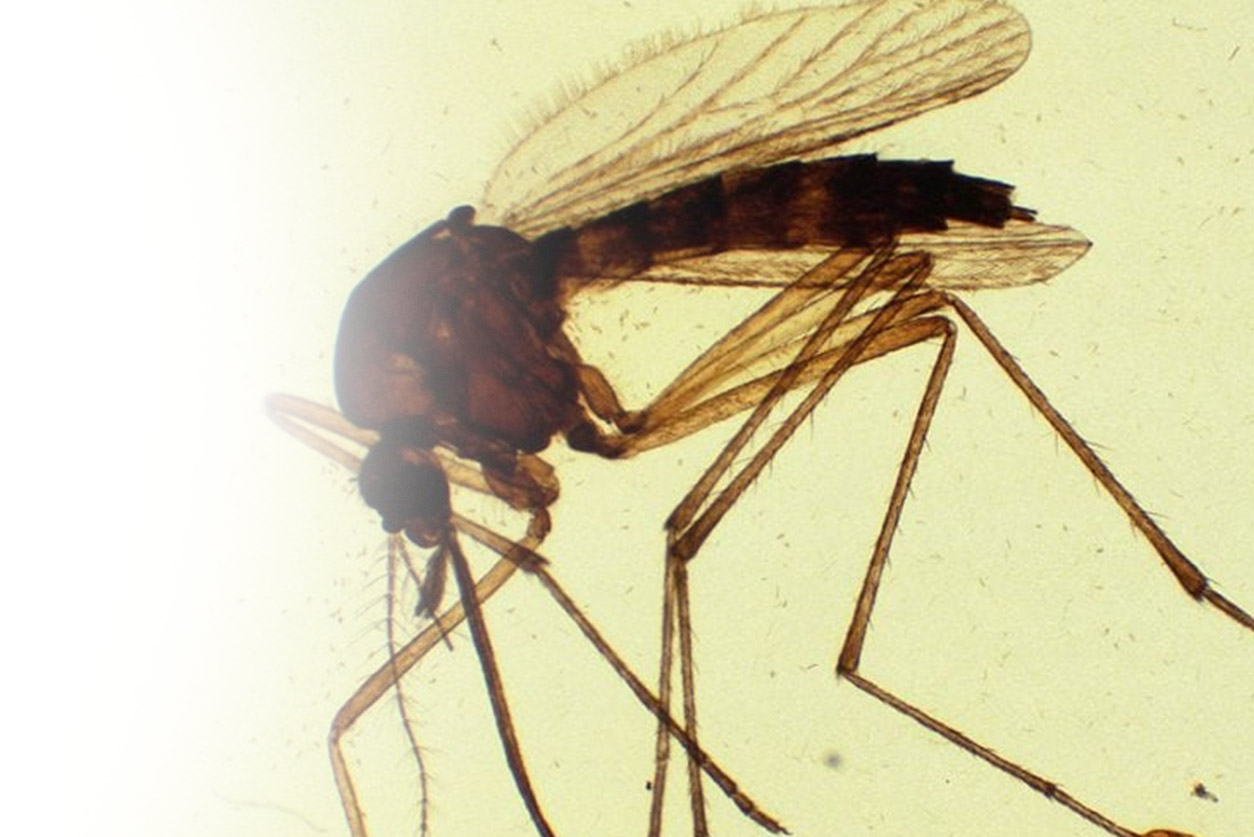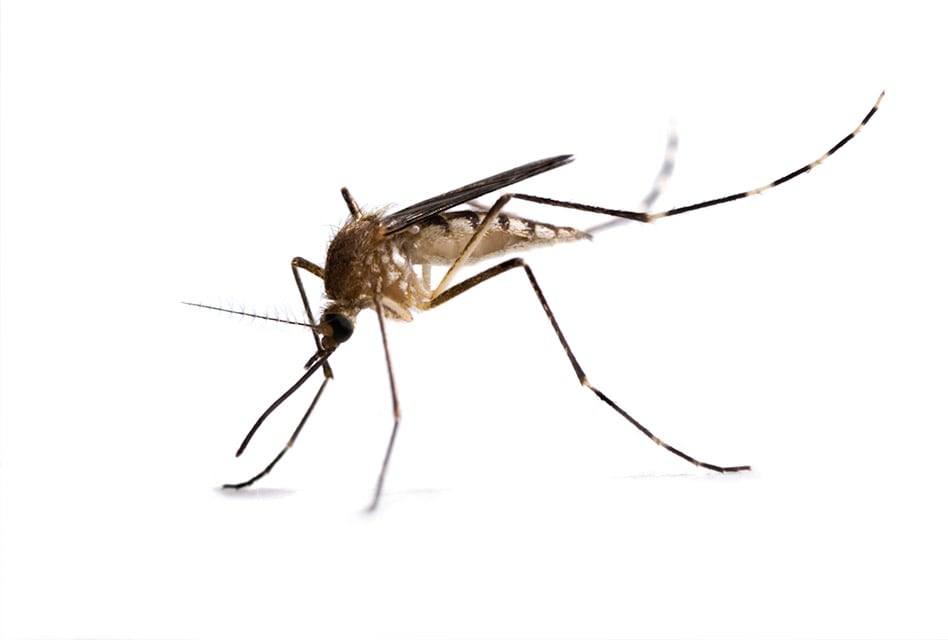The term mosquito comes from the Portuguese term ‘little fly.’When you see a million of these little guys flying around, yourealize it’s a very apt term, until you get bit. Today mosquitoesexist on every continent outside of Antarctica, where conditionsare too cold for their survival. They only need temperatures above58 degrees to thrive, and they will, if allowed to have free reignof any area with a stagnant pool of water.
Hardy Forerunner
Mosquitoes are almost always the first organism that is drawn to anew body of water and they are also one of the first organisms toleave it in search of a new living place. For this reason, theyhave been every hardy and easily thrive in many differentclimates. This process also helps them to evade predators quitewell. Interestingly enough, although mosquitoes do require waterin order to reproduce, once they are airborne, they can survive inmany different conditions. In addition, warmer temperatures allowthem to be more active, but warm and wet does not mean moremosquitoes, and colder and dry does not mean less.
Droughts can help mosquitoes breed because of the stagnant waterthat sits on the ground although less rain may mean less bodies ofwater for mosquitoes to breed in. Although they are not likely tocome out and bite during long rains, they will breed like wildfirein the newly created ponds of water. The truth is that theselittle flies will take advantage of every type of weathercondition making the impact of weather on mosquitoes very minimal.
Climate and Mosquitoes
The simple truth of the matter is that mosquitoes are able toadapt to change quickly, allowing them to live in many climatesagainst the intellectual odds. They are a species that provesDarwin’s theory of evolution, because they genetically are able toadapt quickly to change allowing future generations to survive innew climates. For this reason alone, it is very hard to combatmosquitoes in any area, because they can change their lifecycle tomatch new conditions.
For example, the northeastern U.S. states have a type of mosquitoknown as the pitcher-plant mosquito. These types of mosquitoestraditionally lay eggs when daylight hours start reaching adesignated time. Over the past four decades, the genetic traits ofthis family of mosquitoes has slowly altered allowing them tohatch earlier and earlier in the year as temperatures startingwarming in these states.
Today the northeast U.S. has warmed by a bit over one degreeFahrenheit and the frost season ends earlier. Due to the geneticmutation the pitcher-plant mosquitoes can now hatch much earlierin the year, and it only took them a few decades to do so!
In terms of the evolutionary cycle, this adaptation is quickerthan almost every other animal species. As the earth continues towarm because of climate change, it is predicted that mosquitoeswill continue to evolve coming out earlier and earlier in theyear. So you might want to consider buying bug spray in March,because in some areas, mosquitoes will now be around long enoughto declare state residency.
Impact of Weather on Mosquito-Borne Disease
It has been found that higher temperatures often are linked to thecreation of protozoan that leads to malaria. When mosquitoes arepresent in temperatures above 59 and 64 degrees Fahrenheit, theyare able to mature the malaria strains of Plasmodium Vivax andPlasmodium Falciparum. In addition, it only takes a temperatureabove 58 degrees for St. Louis Encephalistiis and West Nile Virusto develop in the body of a mosquito. For every additional 12degrees that it increases in temperature, the development rate ofthese diseases than doubles.
